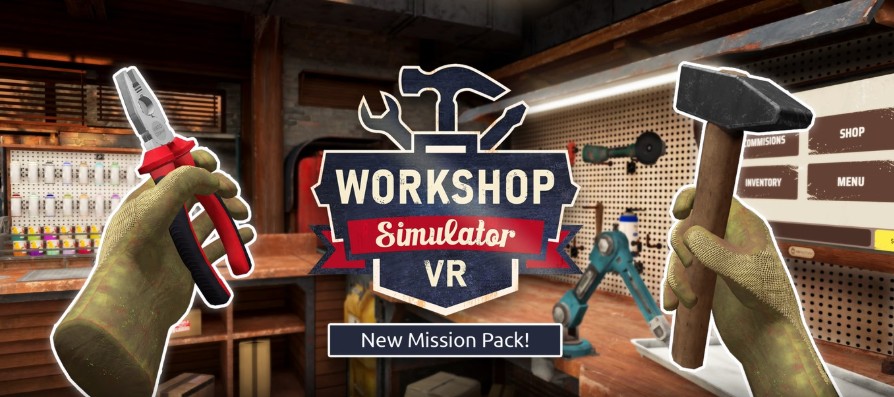Look, I get it. You’ve seen enough flashy VR combat to last a lifetime. Marvel’s Deadpool VR? Star Trek: Infection? They’re the blackjack tables of virtual reality – all noise and no substance. But here’s the real action: Workshop Simulator VR is where you actually learn something that matters outside the headset.
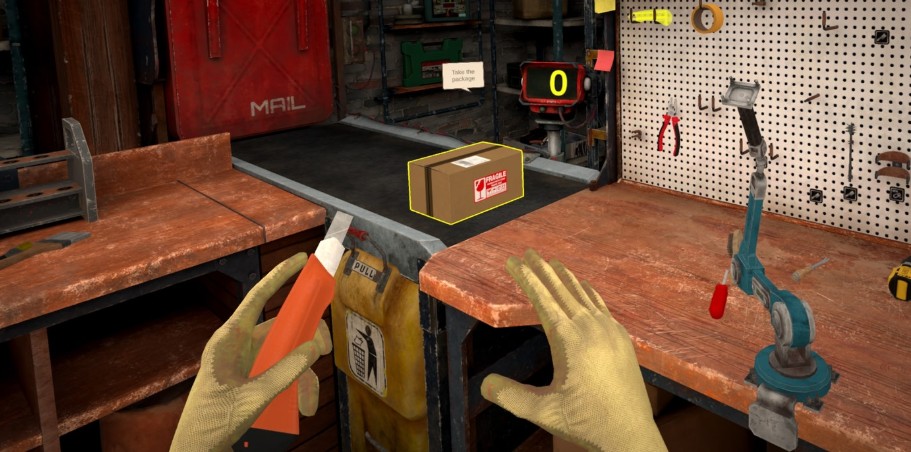
Forget Superpowers – This is Where VR Gets Its Hands Dirty
Why should you care? Because this ain’t about escaping reality – it’s about conquering it. Remember that antique chair in your grandma’s attic that’s falling apart? This simulator teaches you how to fix that beauty without turning it into firewood first. Meta’s ‘Tiramisu’ tech isn’t just showing off – it’s building muscle memory that transfers to the real damn world.
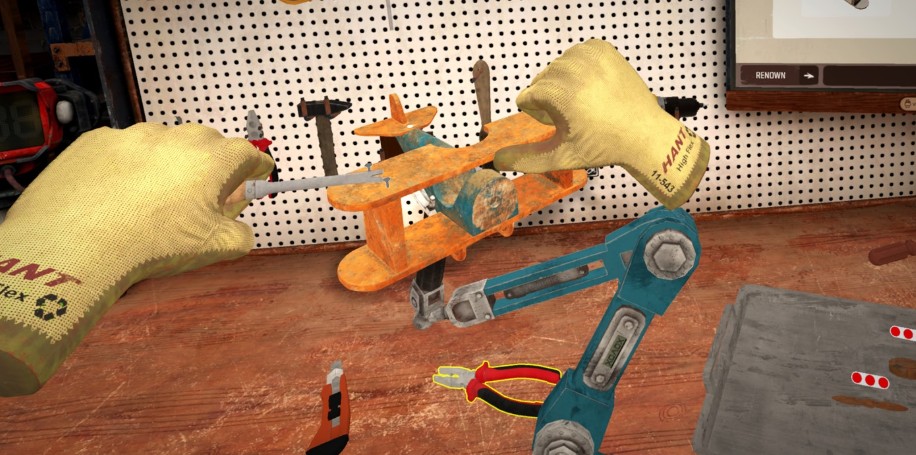
Zero risk. Zero wasted materials. Maximum confidence. That’s the holy trinity they don’t tell you about in most VR marketing crap. For anyone who’s ever looked at a broken heirloom and thought ‘I wish I could…’ – stop wishing and start doing. This is your chance.
The Dealer’s Hand: Physics That Actually Matter
Forget weightless weapons – here’s where VR gets serious. Every tool has heft, balance, consequences. Angle a chisel wrong? That virtual wood splinters like my patience at a cold table. Sandpaper wears down realistically – yeah, you’ll actually need to replace sheets like in a real workshop.
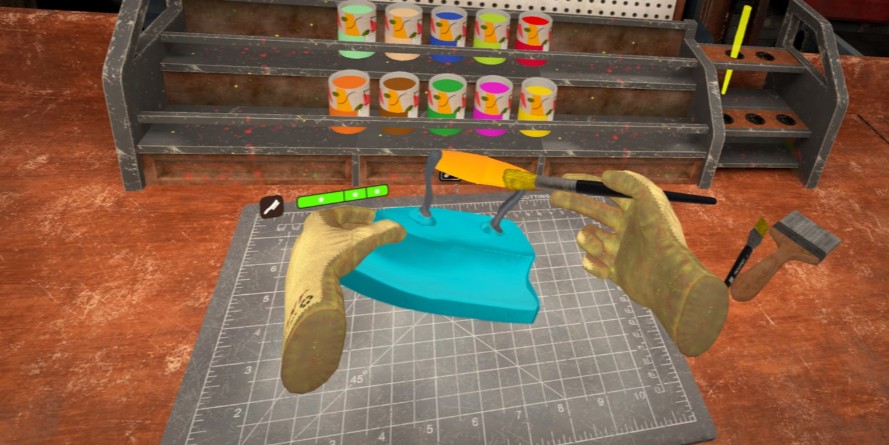
The material database is insane. Oak fights back differently than pine – density variations matter here like card counting matters at blackjack. Varnish layers interact with wood grain; pour too thick and it pools like a bad bet. This ain’t cosmetic – it’s computational craftsmanship at its finest.
Tool calibration becomes your new obsession. Misaligned clamps? Workpiece slips like a drunk dealer’s hand. Hand plane settings need millimeter precision – too deep and you gouge, too shallow and you skim. Pro tip from the floor: Enable ‘haptic feedback grading.’ Oak rumbles through your controllers like a winning hand, balsa wood barely whispers.
Restoration mechanics? They’ve got UV lights detecting invisible varnish layers like I spot card counters. Chemical solvents have timed reactions – leave stripper on too long and you damage veneers like that time I ruined a perfectly good blackjack run in Reno. These are actual museum conservation techniques, not some fantasy bullshit.
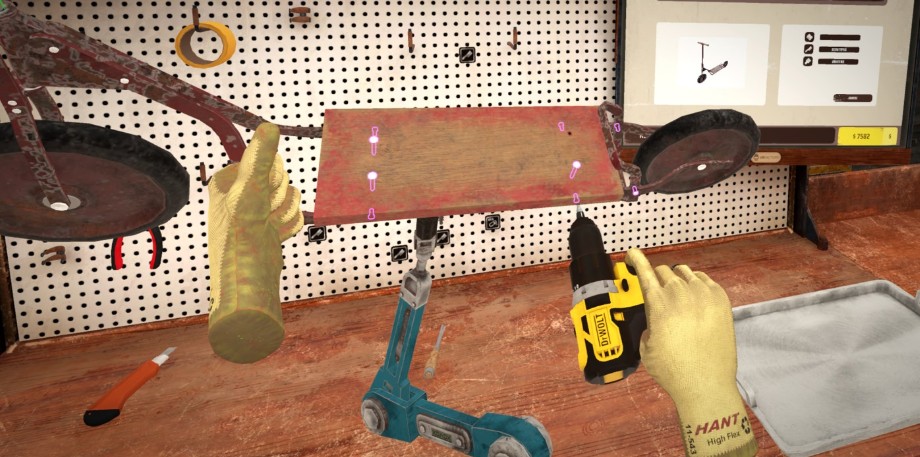
Multiplayer workshops change everything. Experts can literally take over your virtual hands to show dovetail joints – it’s like having a pit boss teaching you perfect strategy without leaving your damn house. Knowledge transfer without geographic limits? That’s the future right there.
From Virtual Chips to Real Furniture: Your Move
Here’s the bottom line: Workshop Simulator VR isn’t entertainment – it’s investment. While other titles drain your wallet for temporary thrills, this builds skills that actually pay off. The hyperrealistic physics create muscle memory that translates directly to physical workshops.
Your play? Treat each project like a high-stakes game. Document everything – material behaviors, tool angles, failure points. These digital experiments cost nothing but build intuition that’s worth thousands. Form mentor groups using multiplayer – collaborative troubleshooting accelerates learning faster than solo practice ever could.
Looking ahead, this tech will merge with professional training. Certification programs using VR workshops? Furniture making skills without expensive apprenticeships? It’s coming. Your virtual craftsmanship could soon interface directly with CAD designs or AR-assisted physical builds.
Ultimately, this simulator isn’t about escape – it’s about augmentation. The precision you learn here removes the fear of ruining expensive materials. You’re not just playing a game; you’re building the confidence to finally pick up that real chisel and not screw it up. Now go make something that matters.

